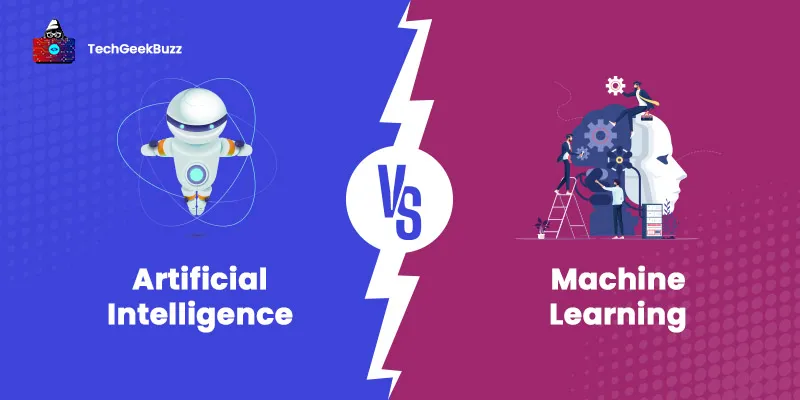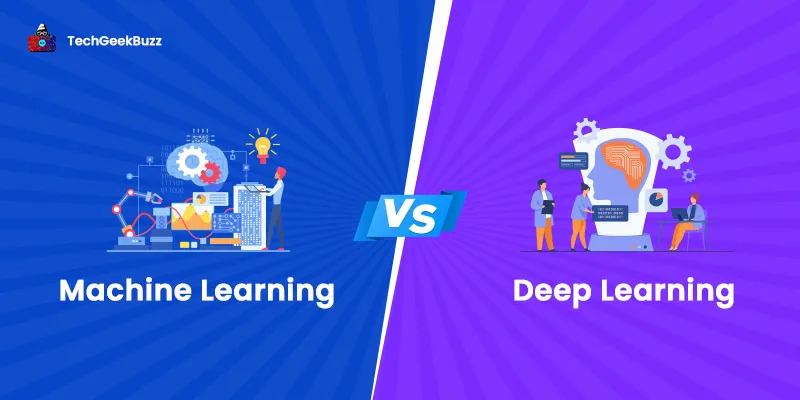In recent years, many cutting-edge technologies have been developed and adopted widely, and reinforcement learning is one of those technologies. It has emerged as a powerful machine learning method with which the system or an agent will learn to behave in an environment by running the process of trial and error and learning from its experiences.
This article will discuss various aspects of reinforcement learning; definition, characteristics, types, applications, and more.
So, without further ado, let’s get started!
What is Reinforcement Learning?
Reinforcement learning is one of the subsets of machine learning . It helps in training machine learning models to create a sequence of decisions. The traditional approach of AI allows developers to code every rule that decides how the software will work in certain scenarios. Stockfish is an open-source AI chess engine that was created with the help of chess experts who shared their experiences that are converted into gaming rules.
Unlike AI, machine learning programs develop their behaviors by analyzing huge datasets and identifying meaningful relations between those datasets. So, while creating the Stockfish chess engine, its developers only created the algorithm for the basic rules and trained it with the collected datasets containing data related to the experiences shared by several chess players.
Stockfish’s ML model goes through the complete dataset and finds similarities between various moves that have helped the players to win in certain scenarios. Whenever we start a new game, the ML model will decide the move based on the previous instances in the data that have led players to win the game.
Characteristics of Reinforcement Learning
Below are the key characteristics of reinforcement learning:
- There’s no supervisor that trains the ML model. Instead, the model uses the reward function to make the decisions.
- It works on sequential decision-making.
- Time is a key factor in solving reinforcement problems.
- You will get delayed feedback.
- The subsequent data that the ML model receives will depend on the action of the agent.
Types of Reinforcement Learning
Two different types of reinforcement learning methods are discussed as follows:
-
Positive Reinforcement Learning
In positive reinforcement, a motivating/reinforcing stimulus is presented to the person after the desired behavior is performed, which will make the specific behavior more likely to happen in the future.
-
Negative Reinforcement Learning
Negative reinforcement is a situation when a certain stimulus is removed after a specific behavior is performed. The likelihood of that behavior occurring again in the future increases because of removing the negative consequence.
How is Reinforcement Learning Different from Supervised Learning?
Below is a comparison table that highlights the key differences between reinforcement learning and supervised learning based on different parameters.
| Parameters | Reinforcement Learning | Supervised Learning |
| Decision-making style | Decisions are made sequentially. | The decision is made based on the input that is provided at the beginning. |
| Dependency on decision | In the RL method of learning, decisions are dependent on each other. Thus, you need to provide labels for all your decisions. | Here the decisions are independent of each other, so you can label all your decisions. |
| Example | Chess game (AlphaZero) | Object recognition |
Applications of Reinforcement Learning
- Reinforcement learning can be used in planning various strategies for businesses.
- It helps in training the machine learning models and processing huge datasets.
- It allows you to create training systems for customized instructions and materials per the requirement.
- It comes in handy for controlling the movement of aircraft and robots motion.
When Not to Use Reinforcement Learning?
Try to avoid reinforcement learning in the below-mentioned scenarios:
- If you have a large dataset for solving a specific problem that can be easily solved with a supervised learning method.
- If you have a small infrastructure that cannot handle heavy computation.
Challenges of Reinforcement Learning
Below are major challenges you can come across while implementing reinforcement learning:
- The use of various parameters may impact learning speed.
- If you are working in realistic environments, you will have partial observability.
- Implementing too much reinforcement learning can lead to the creation of several states, which can impact the final results.
Conclusion
The key factor that impacts the reinforcement learning process is how well the agent is trained. Rather than inspecting the provided data, the model should interact with the environment to identify ways to maximize the reward. This type of learning works well even with small datasets. Applications created using reinforcement learning will learn from their experiences. Implementing reinforcement learning does not require lengthy coding, but you must choose appropriate techniques to train the machine learning models.
Have any thoughts related to reinforcement learning, feel free to share them in the comments section below.
People are also reading:
- Supervised Learning vs Unsupervised Learning
- Machine Learning Certifications
- Best Machine Learning Projects
- Machine Learning Applications
- Machine Learning Algorithms
- Best Machine Learning Frameworks
- Machine Learning Interview Questions
- Decision Tree in Machine learning
- Data Science vs Machine Learning
- Machine Learning Books





Leave a Comment on this Post